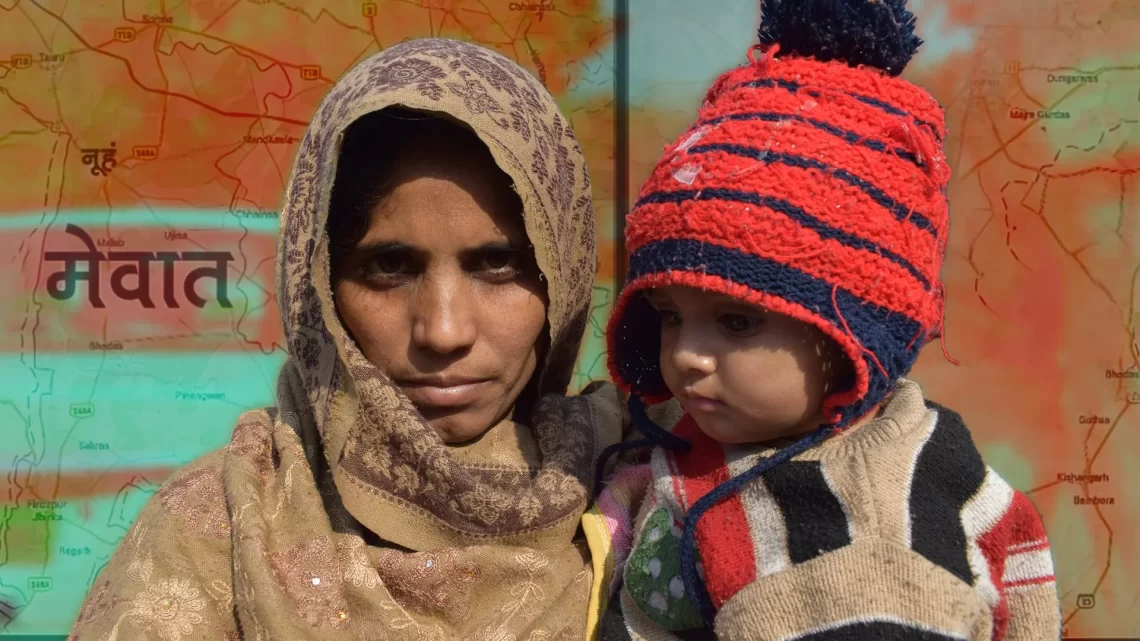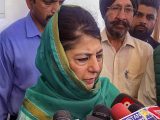
63% of India’s Haryana State Population is Classified as Below the Poverty Line
April 17, 2024In a revelation that has sparked widespread concern, it has been disclosed that an astonishing 63% of the population in India’s Haryana state falls under the Below Poverty Line (BPL) category. This startling statistic, revealed by the government of Haryana, is based on the assessment conducted through family identification documents known as Parivar Pehchan Patras (PPPs).
According to reports, the data compiled by the Food Civil Supplies and Consumer Affairs Department paints a stark picture of economic disparity within the state. Haryana, known for its burgeoning urban centers and rapidly developing economy, appears to be grappling with a significant portion of its population living below the poverty line.
The statistics reveal that out of the total population of 2.86 crore in Haryana, 1,80,93,475 individuals are classified as belonging to BPL households. This translates to nearly two-thirds of the state’s residents struggling to make ends meet and facing economic hardship on a daily basis.
The data further indicates that Haryana’s Faridabad district leads the pack with the highest number of BPL families, closely followed by Mewat, Hisar, and Karnal. These districts, which are representative of both urban and rural demographics, underscore the pervasive nature of poverty across various segments of society within the state.
The implications of such a high percentage of the population living below the poverty line are far-reaching and multifaceted. It not only points to glaring inequalities in terms of access to basic necessities such as food, shelter, and healthcare but also raises questions about the effectiveness of existing social welfare measures and poverty alleviation programs in the state.
The revelation has prompted calls for urgent action from both government authorities and civil society organizations to address the root causes of poverty and implement targeted interventions aimed at uplifting marginalized communities. There is a growing consensus on the need for comprehensive strategies that go beyond mere economic assistance to tackle systemic issues such as unemployment, lack of education, and social exclusion.
Moreover, the high prevalence of poverty in Haryana underscores the importance of a coordinated effort at the national level to tackle the broader issue of poverty eradication. Sustainable development goals cannot be achieved without addressing the needs of the most vulnerable sections of society, and the latest statistics from Haryana serve as a stark reminder of the urgency of this task.
In response to the alarming figures, government officials have pledged to intensify efforts to identify and support BPL households through targeted welfare schemes and social assistance programs. However, there is also a recognition of the need for long-term structural reforms to create opportunities for sustainable livelihoods and ensure inclusive growth for all segments of society.
As Haryana faces the daunting challenge of lifting millions out of poverty, the focus is not only on immediate relief measures but also on fostering an environment conducive to equitable development and prosperity for all. The road ahead may be arduous, but concerted efforts aimed at addressing the root causes of poverty hold the promise of a brighter future for the people of Haryana.

